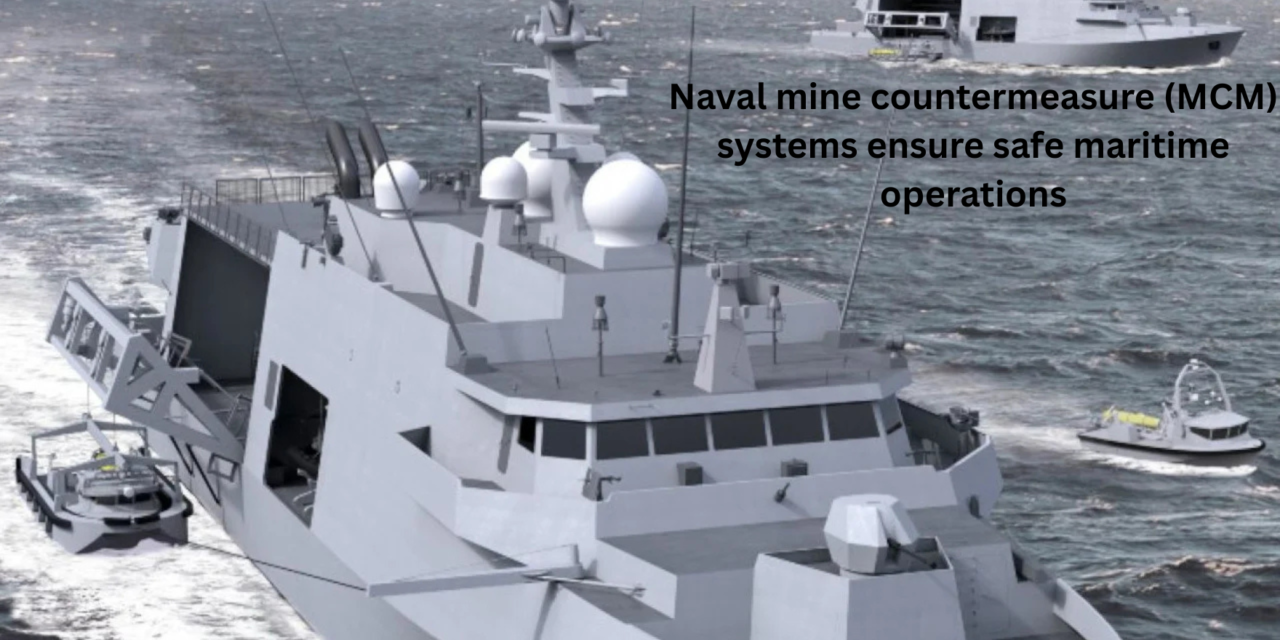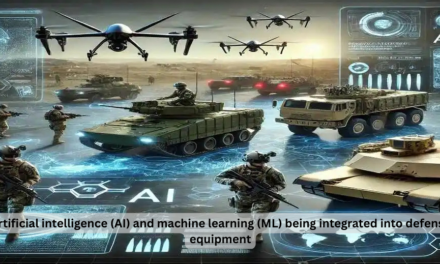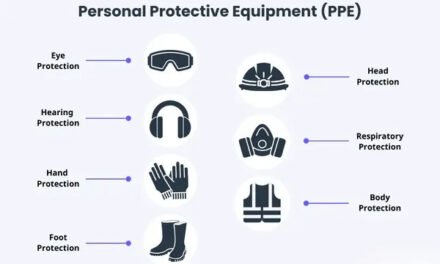Naval Mine Countermeasure (MCM) systems play a critical role in ensuring safe maritime operations by detecting, neutralizing, or removing underwater mines that pose threats to military, commercial, and civilian vessels. These systems employ a combination of advanced technologies, platforms, and tactics to secure sea lanes, harbors, and critical waterways. Here’s how they operate:
1. Core Functions of MCM Systems
A. Mine Detection
- Objective: Identify the presence of mines using advanced sensors and reconnaissance.
- Technologies:
- Sonar Systems:
- Side-Scan Sonar: Provides detailed images of the seabed to locate mines.
- Synthetic Aperture Sonar (SAS): Offers high-resolution images for detecting small or buried mines.
- Magnetic Anomaly Detectors (MAD):
- Detect disturbances in Earth’s magnetic field caused by metal mines.
- Electro-Optical Sensors:
- Use lasers or cameras to identify mines in shallow waters.
- Sonar Systems:
B. Mine Classification
- Objective: Differentiate between mines and non-threatening underwater objects.
- Technologies:
- AI and Machine Learning:
- Analyze sensor data to distinguish between mines and marine debris or natural formations.
- Imaging Systems:
- Provide visual confirmation to aid classification.
- AI and Machine Learning:
C. Mine Neutralization
- Objective: Render mines harmless by detonating or disabling them.
- Technologies:
- Remotely Operated Vehicles (ROVs):
- Carry explosives or tools to destroy or disarm mines.
- Expendable Mine Disposal Systems:
- Deploy small charges to detonate mines safely.
- Diver-Operated Systems:
- Divers use handheld devices to manually disable mines in critical areas.
- Remotely Operated Vehicles (ROVs):
2. Key Components of MCM Systems
A. MCM Ships
- Role: Specialized vessels equipped with detection and neutralization technologies for mine-clearing operations.
- Features:
- Hull-mounted sonar for wide-area detection.
- Launch systems for ROVs and UUVs.
- Examples:
- Avenger-class MCM ships (U.S.): Equipped with sonar and mine disposal systems.
- Hunt-class MCM vessels (UK): Known for their glass-reinforced plastic hulls to avoid magnetic triggers.
B. Unmanned Underwater Vehicles (UUVs)
- Role: Perform reconnaissance and mine detection in high-risk areas.
- Examples:
- Knifefish UUV (U.S.): Uses low-frequency sonar to detect buried mines.
- REMUS 100: Lightweight UUV for shallow water operations.
C. Unmanned Surface Vehicles (USVs)
- Role: Deploy sensors and mine disposal tools while keeping personnel at a safe distance.
- Examples:
- Seafox: USV designed for mine neutralization.
D. Helicopters
- Role: Conduct airborne mine detection and disposal, covering large areas quickly.
- Examples:
- MH-53E Sea Dragon (U.S.): Equipped with towed sonar and mine disposal systems.
3. Techniques in Mine Countermeasures
A. Influence Sweeping
- Purpose: Simulate the presence of a ship to trigger mines prematurely.
- Methods:
- Magnetic sweeping: Generates magnetic fields similar to those of ships.
- Acoustic sweeping: Mimics the sound signature of a vessel.
B. Mechanical Sweeping
- Purpose: Physically cut or dislodge mines tethered to the seabed.
- Tools:
- Wire cutters and chains deployed by MCM ships or drones.
C. Divers and Manned Missions
- Purpose: For high-risk areas where precision is required.
- Methods:
- Divers use portable sonar and neutralization tools.
4. Integration with Naval Strategies
A. Securing Sea Lanes
- MCM systems clear mines to protect commercial shipping routes, ensuring the free flow of trade.
- Example: The Strait of Hormuz is frequently monitored for potential mining activities.
B. Amphibious Assault Support
- MCM operations ensure safe landing zones for amphibious forces by removing mines in coastal areas.
C. Harbor and Port Defense
- MCM systems protect naval bases and critical infrastructure from mine threats during conflicts.
D. Humanitarian Operations
- De-mining efforts in post-conflict regions help restore safe navigation for civilian vessels.
5. Challenges in MCM Operations
A. Advances in Mine Technology
- Stealth Mines:
- Mines with minimal metal content are harder to detect using traditional sensors.
- Smart Mines:
- Mines that can detect and target specific vessel types or delay activation.
- Seabed Mines:
- Buried mines are challenging to locate and require advanced detection systems.
B. Environmental Factors
- Variability in seabed terrain and water conditions can reduce the effectiveness of sonar and sensors.
C. Operational Risks
- Mines in contested waters pose significant threats to MCM vessels and personnel.
6. Technological Advancements in MCM
A. Artificial Intelligence (AI)
- AI enhances the detection and classification of mines by analyzing large datasets and identifying patterns.
B. Autonomous Systems
- Swarm UUVs:
- Multiple autonomous vehicles collaborate to map, detect, and neutralize mines efficiently.
- Example:
- The U.S. Navy’s Mine Countermeasure Unmanned Surface Vehicle (MCM USV).
C. Synthetic Aperture Sonar (SAS)
- Provides high-resolution imaging for identifying small or buried mines.
D. Data Fusion
- Combines inputs from multiple sensors and platforms for a comprehensive operational picture.
Naval Mine Countermeasure systems ensure safe maritime operations by detecting, classifying, and neutralizing underwater mines, protecting naval and commercial assets. With advancements in unmanned systems, AI, and sensor technologies, MCM operations are becoming more efficient, safer, and more effective, addressing the challenges posed by increasingly sophisticated mine threats. These systems remain a cornerstone of naval security and maritime safety.













